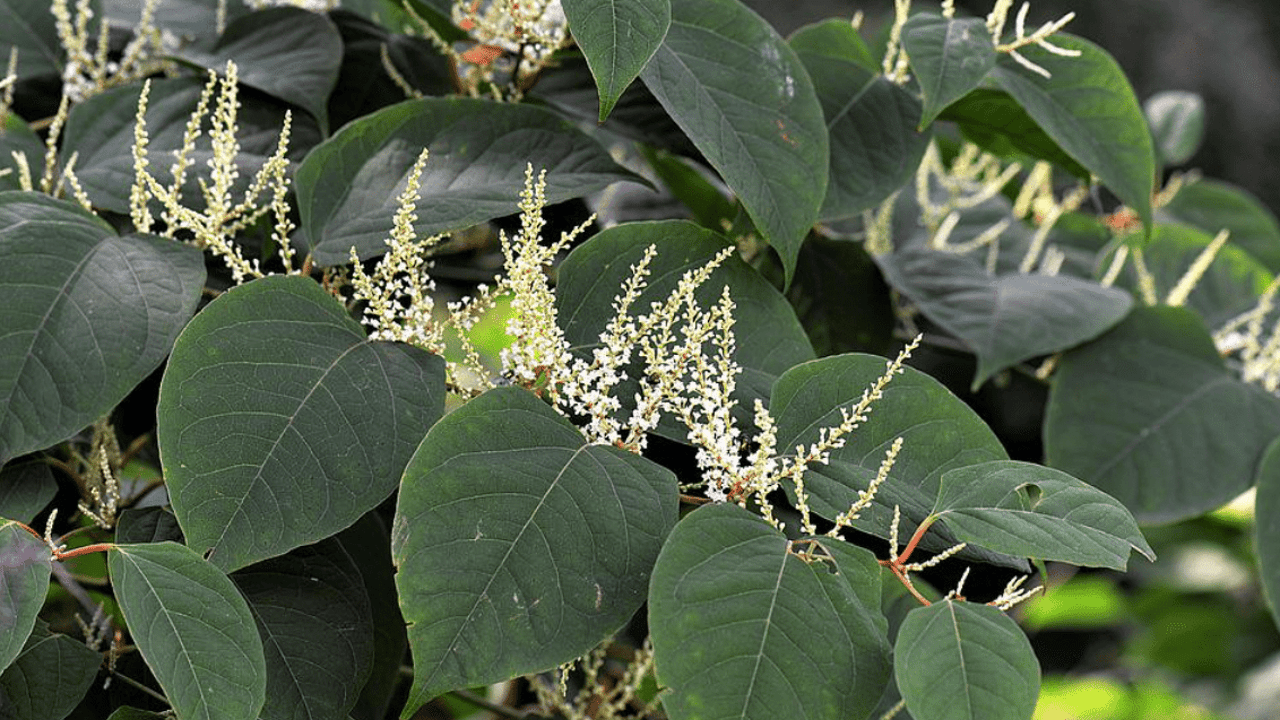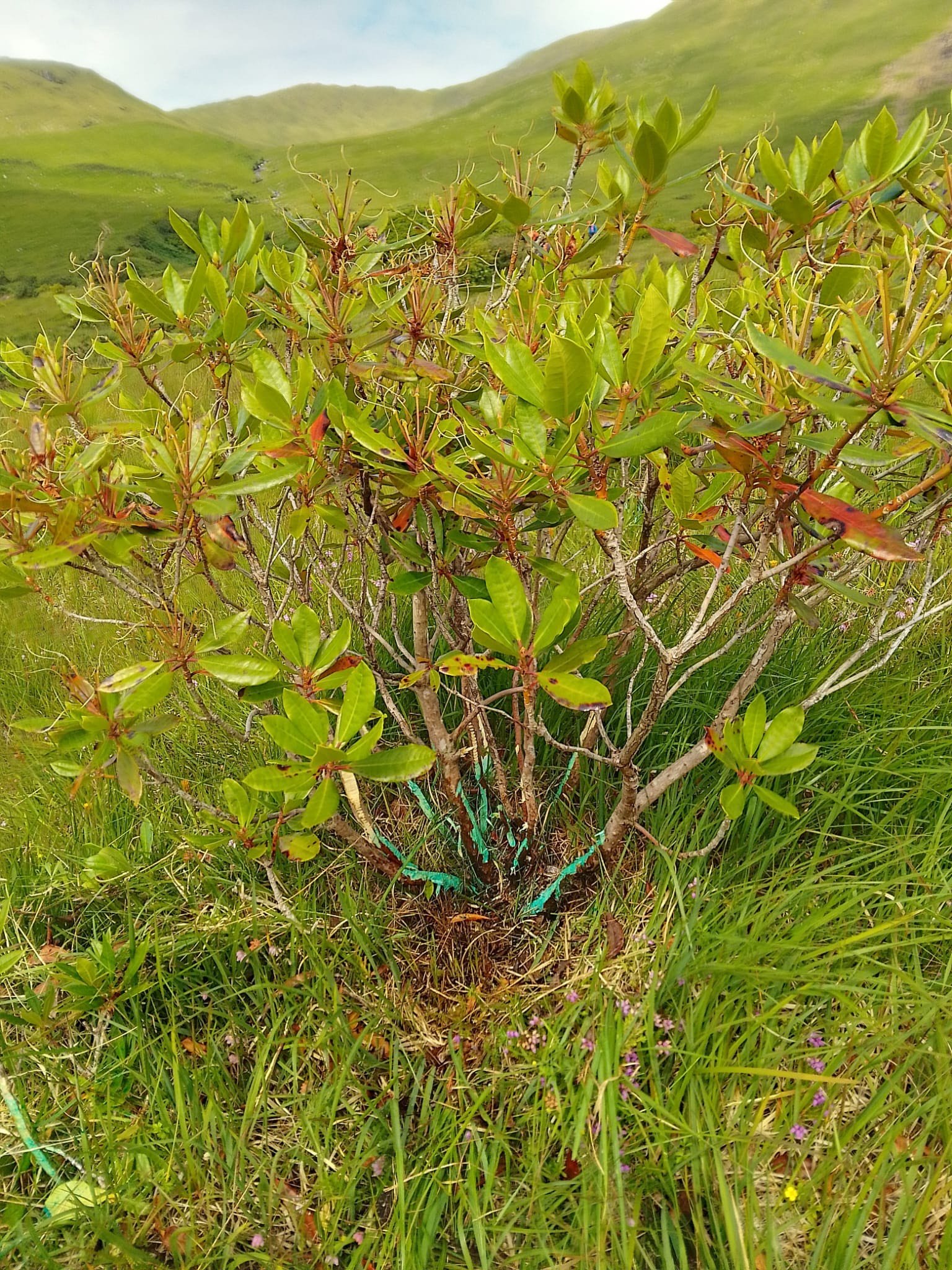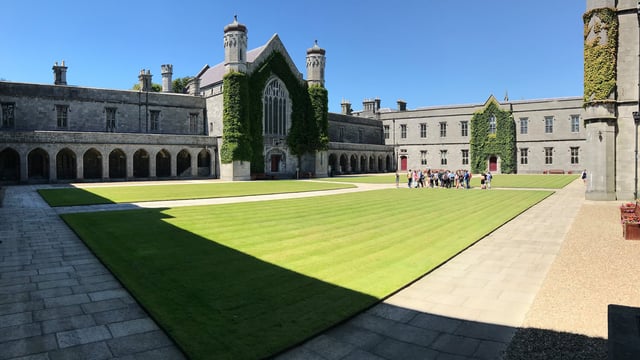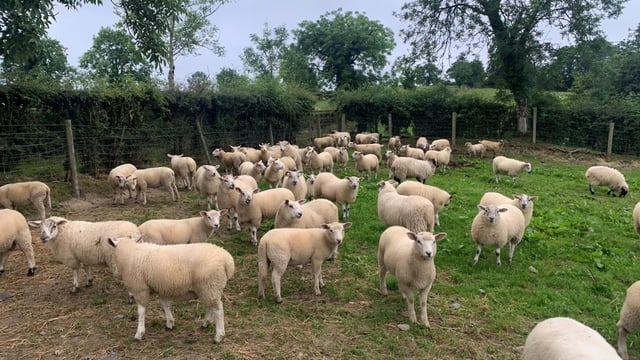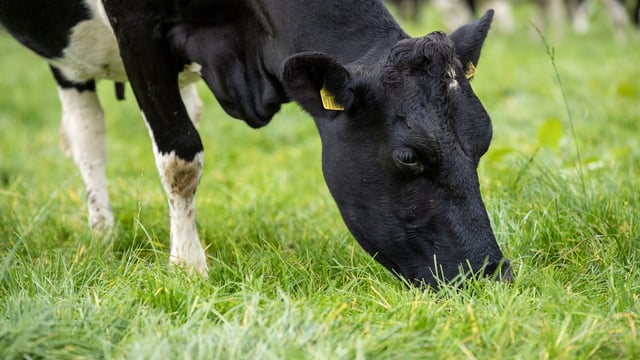National Biodiversity Data Centre establishing invasive species unit
The National Biodiversity Data Centre is currently working on establishing a dedicated unit focused on invasive species.
The new unit will be tasked with managing "a greatly expanded work programme" on invasive species in Ireland.
Once staff have been recruited the centre will begin work on enhancing the invasive species engagement programme and providing better coordination of mitigation measures.
The unit will develop a strategic all-island risk assessment and trend analysis, coordinate a biosecurity awareness plan and develop a contingency plan for dealing with these species.
There will also be a citizen science invasive species programme developed to allow members of the public to participate.
The unit be funded through the Department of Housing, Local Government and Heritage and the shared island invasive species and biosecurity initiative.
There are around 1,280 non-native species which have been identified in Ireland by the National Biodiversity Data Centre.
The majority of these species are deemed to be "harmless", however about 13% of the 377 species which were risk assessed spread and become invasive non-native species.
These invasive alien species are considered the second greatest threat to biodiversity after habitat loss.
Due to the levels of global transport and trade, along with the impacts of climate change, it is expected that this threat will only continue.
A study carried out in 2013 found that the estimated annual cost of invasive and non-native species across the entire island of Ireland stood at €261 million.
These species can cause irreversible damage to native wildlife and the environment and can impact human health by spreading disease or causing irritation to the skin or respiratory system.
Among the high impact invasive species in Ireland are: Sika deer; zebra mussels; American mink; eastern grey squirrel; Rhododendron ponticum; Japanese Knotweed and Giant rhubarb.
The National Biodiversity Data Centre already manages a national invasive species database and coordinates an early alert and rapid response system for newly arrived species.
It also supports government departments, including the National Parks and Wildlife Service (NPWS) on implementing EU regulations in this area.
The centre recently published an identification guide to Ireland’s Regulated Invasive Alien Plant Species.
The 185-page ring-bound guide details invasive alien plant species across the island of Ireland which are required by law to be controlled to prevent further spread.
The guide includes photos, identification features, seasonal variation, regulation and impactlevel listing, mechanisms of reproduction, dispersal and spread.

